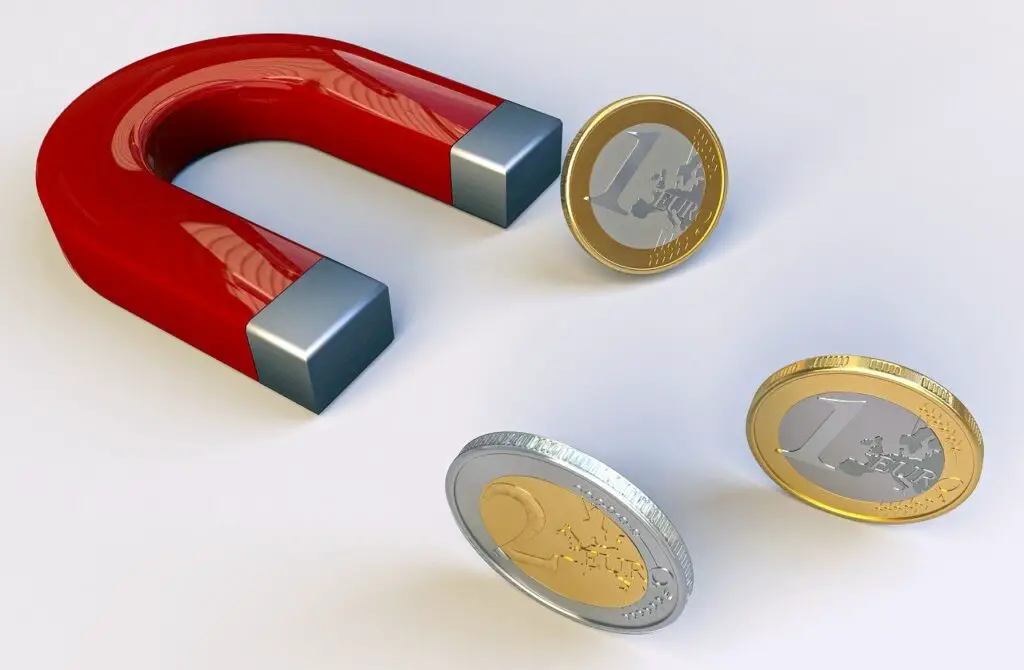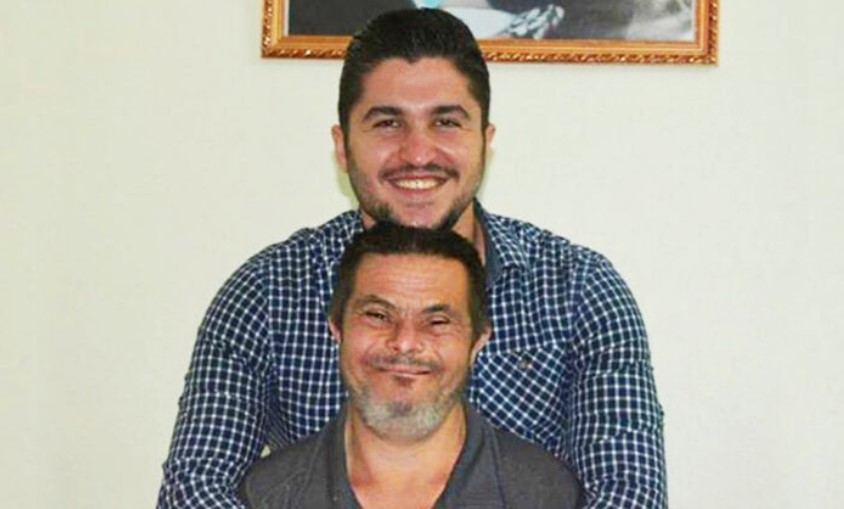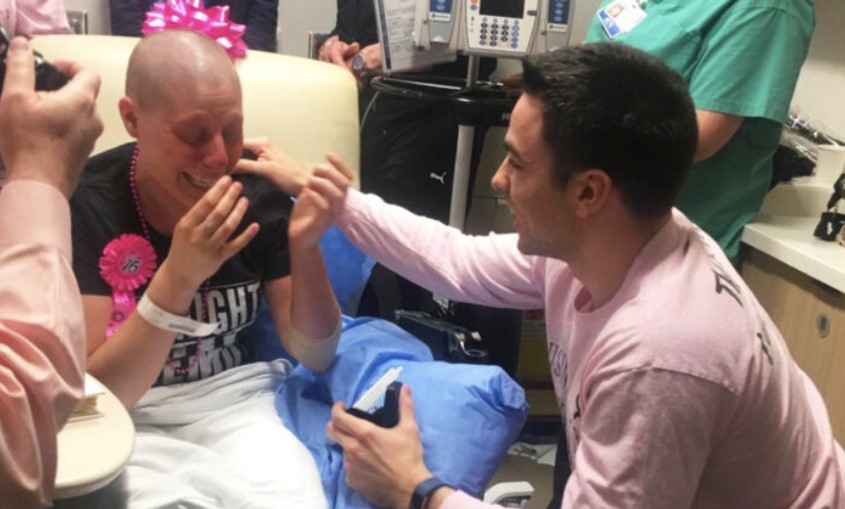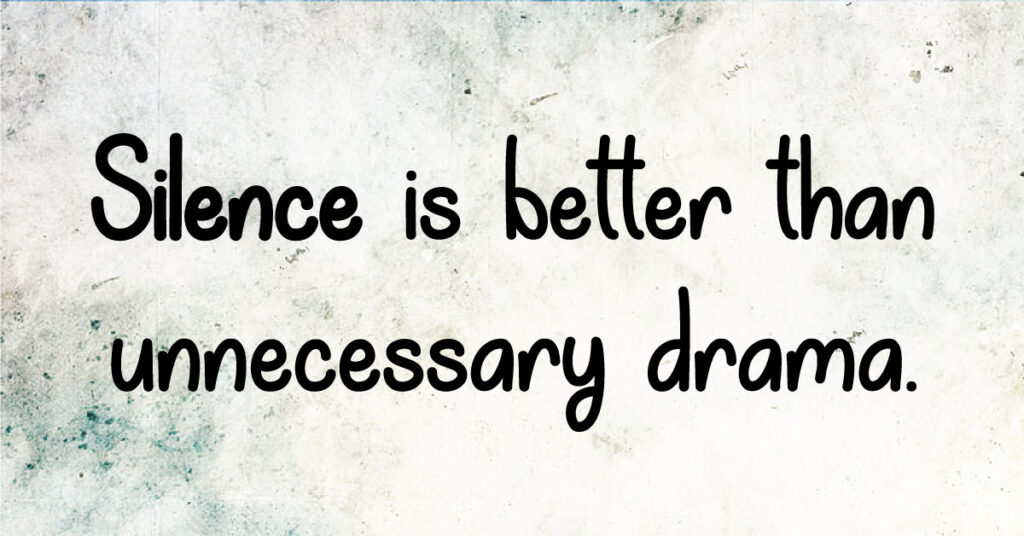How do you perceive luck? Many people believe that luck is something that comes when you don’t expect it. You only need to be at the right place and at the right time, nothing else.
Dr. Tina Seeling, an entrepreneurship professor at Stanford challenges you to take a new perspective on luck. After her experiment that lasted for 20 years observing people and analyzing what makes them lucky, she came to the conclusion that the luckiest people create luck by themselves. When she describes luck, she compares it to the wind, saying that sometimes it is a gentle breeze, and sometimes it is a windstorm. And just like the wind, you never know when and from where it comes.
Her advice to you is to build your own boat. That way you will be ready to feel and catch the luck more easily.
Don’t be afraid to take small risks
Seelig is coaching her students, showing them how to catch the luck when it blows their way. She is not an ordinary coach. Her advice is strategical and tactical.
You’ve probably heard many times in your life to not be afraid to take risks and to leave your comfort zone. But, Seeling will challenge you to also consider the risks that you will have to take if you want to open yourself to luck. Every person has to face a different challenge and take a different risk.
These risks can be taking very small steps just like the baby does when is learning how to walk. Or when a child is learning how to ride a bike: First he/she is riding a bike with training wheels, then is able to ride a two-wheeler. This change is not easy, as it requires taking risks and facing discomfort trying so many times in order to gain balance and feel confident enough to give up the training wheels.
Seelig gives her students a riskometer exercise. She asks them to rate the level of comfort they feel when they face an intellectual type of risk, physical type of risk, social, financial, political, emotional, or ethical.
After comparing the riskometers they’ve made, students realize that each one of them is different. She encourages them to take every risk that is very uncomfortable to them. For example, if you are shy and introverted, your challenge is to talk to a stranger.
These small risks don’t guarantee success. But with every step you make, you are closer to your aim. Seelig shares how she has succeeded to land her first book deal after taking the risk to start a conversation with the stranger who was sitting next to her on a plane. Someone will say that it was pure luck. But that book deal wouldn’t have happened if she had just ignored the person who was sitting next to her.
Even when you are rejected, show gratitude
Seelig as every happiness researcher, always emphasizes the importance of gratitude and appreciation. Don’t hesitate to show appreciation even when things are not the way you want to be. Try to feel thankfulness even when you are disappointed by the outcome. When your job application is refused, take a moment to reflect on what you have learned from that. Also, thank everyone who has helped you. As Seeling says, when someone helps you, that person is sacrificing his/her own time so that they can spend more time on you rather than on themselves. That is why is important to express gratitude towards those people.
Throughout her life, Seeling has realized that the key to make your own luck, is expressing gratitude, something that many people don’t do. At Stanford she leads some very competitive fellowship programs where many people are refused to get in. So, she often receives notes about complaining and asking for feedback. But, one note from her student Brian has taken her attention. After being rejected twice, he sent her a note that he wants to thank her because the application process has taught him so many things. She met with Brian and together they developed an independent study program. Even though he didn’t get into her fellowship program, he succeeded to create his own. Just because he said thank you even though he was rejected.
Every bad idea has a good seed
There is something good in every bad idea. You only need to try to find it. So, don’t worry if you have an idea that you are not sure whether it is worthy or not. Seelig believes that bad ideas don’t really exist. According to her, there is something extraordinary that can come out of every seemingly terrible idea. So, she encourages her students to always look at their bad ideas from a positive perspective.
If you want to be lucky in life, don’t be afraid to take risks and to be truly thankful even when you are disappointed. This will help you to build a safe boat so that you can catch the blowing luck.








